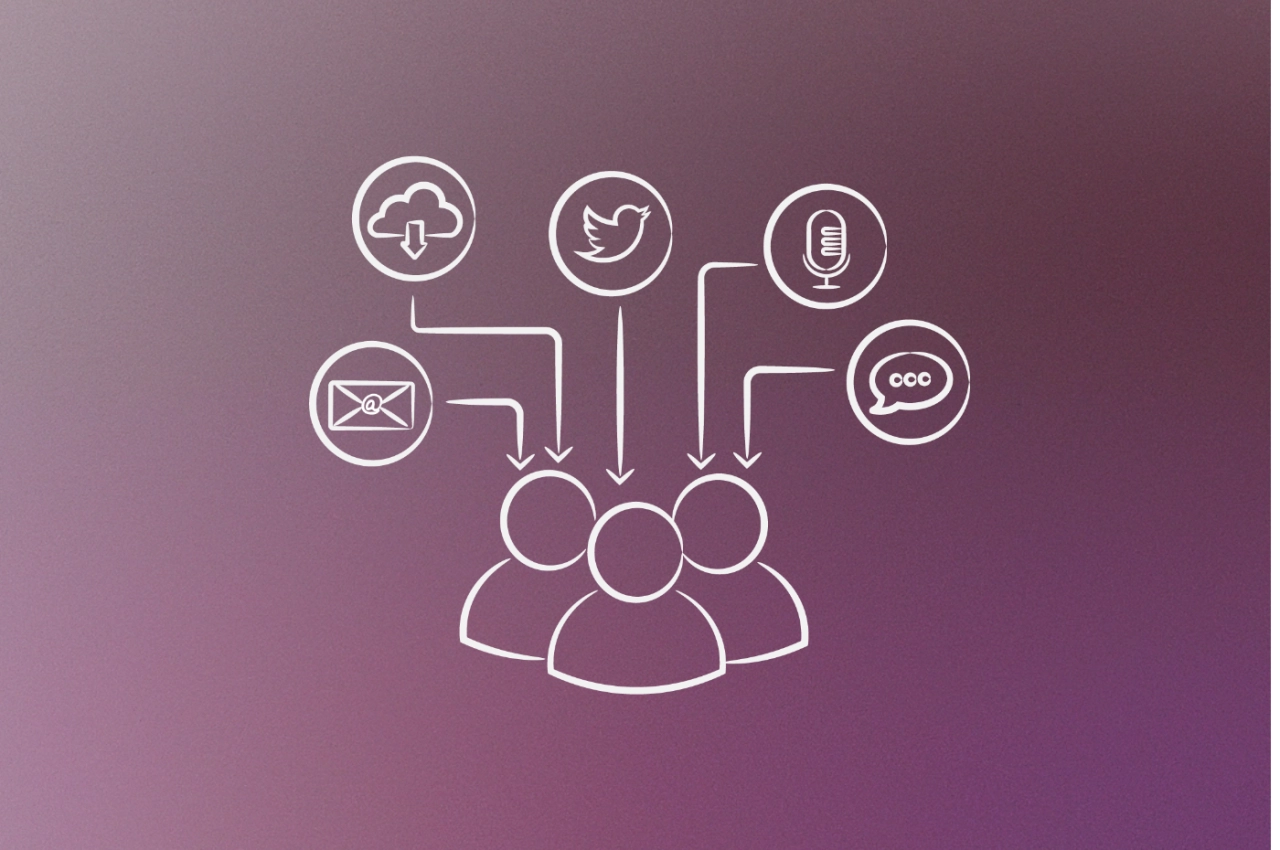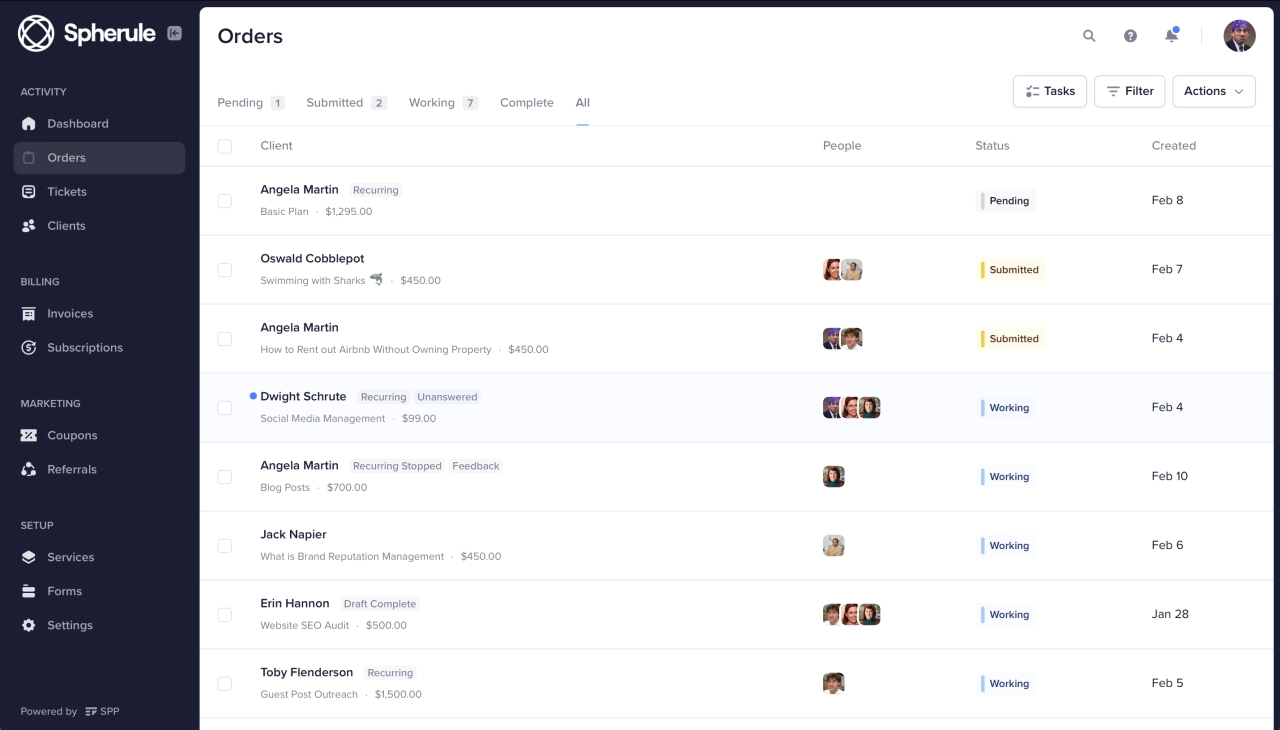- Partnering with another company or influencer can tap into their existing network of trust and help convert their audience into leads for your agency.
- Offering incentives to customers who refer you can result in successful lead generation, with stats showing that B2B referral efforts have a high success rate.
- SEO remains an effective and cost-efficient method for generating leads, as B2B buyers spend a significant amount of time researching online.
In an ideal world, you would create an excellent product, and customers would eagerly purchase it. In reality, customer lead generation is crucial, and understanding how to utilize the primary lead generation channels is vital.
How can you effectively navigate the often complex and noisy realm of marketing channels to attract more leads into your sales funnel and convert them into customers?
I am exploring lead generation channels in depth: identifying the best ones, understanding their functions, their advantages, and how to optimize their use.
Best lead generation channels
Almost every channel of communication can be a lead generation channel. However, some are better than others.
To be more specific, when you want to generate cold leads, you want to:
be on channels likely to attract your target audience (i.e., other businesses)
be able to filter your audience as much as possible and target those likely to buy from you
be able to measure results (with a fair degree of accuracy, at least)
It also depends what kind of business you’re running. For instance, lead generation for agencies is different than for a software company or eCommerce shop.
In any case, there are lead generation channels that are a worth a look regardless of your business.
Brand partnerships
A brand partnership involves partnering with another company or influencer to promote your brand through their channels. For instance, if you have an agency that provides SEO services, you could partner with a popular SEO blog and offer them a discount for their readers. In exchange, you get your logo featured on their website, in their newsletter, or a social media posts.
This works because when you partner with a brand (business or personal), you’re tapping into a network of trust they’ve already built. This way, you’ll be in front of an audience that already trusts and likes your partner’s work, which is more likely to convert them into leads. You can use cold email software to reach out to companies in your niche and see if they’d be interested in a brand partnership.
Referral marketing
Referral marketing is a great way to generate leads. It’s relatively easy to set up, and not too difficult to measure the results. The idea is that you can offer incentives to customers who refer you to their peers, which makes it a win-win situation for everyone:
you get new leads
your customers get a reward
their peers get access to quality product or services they can trust
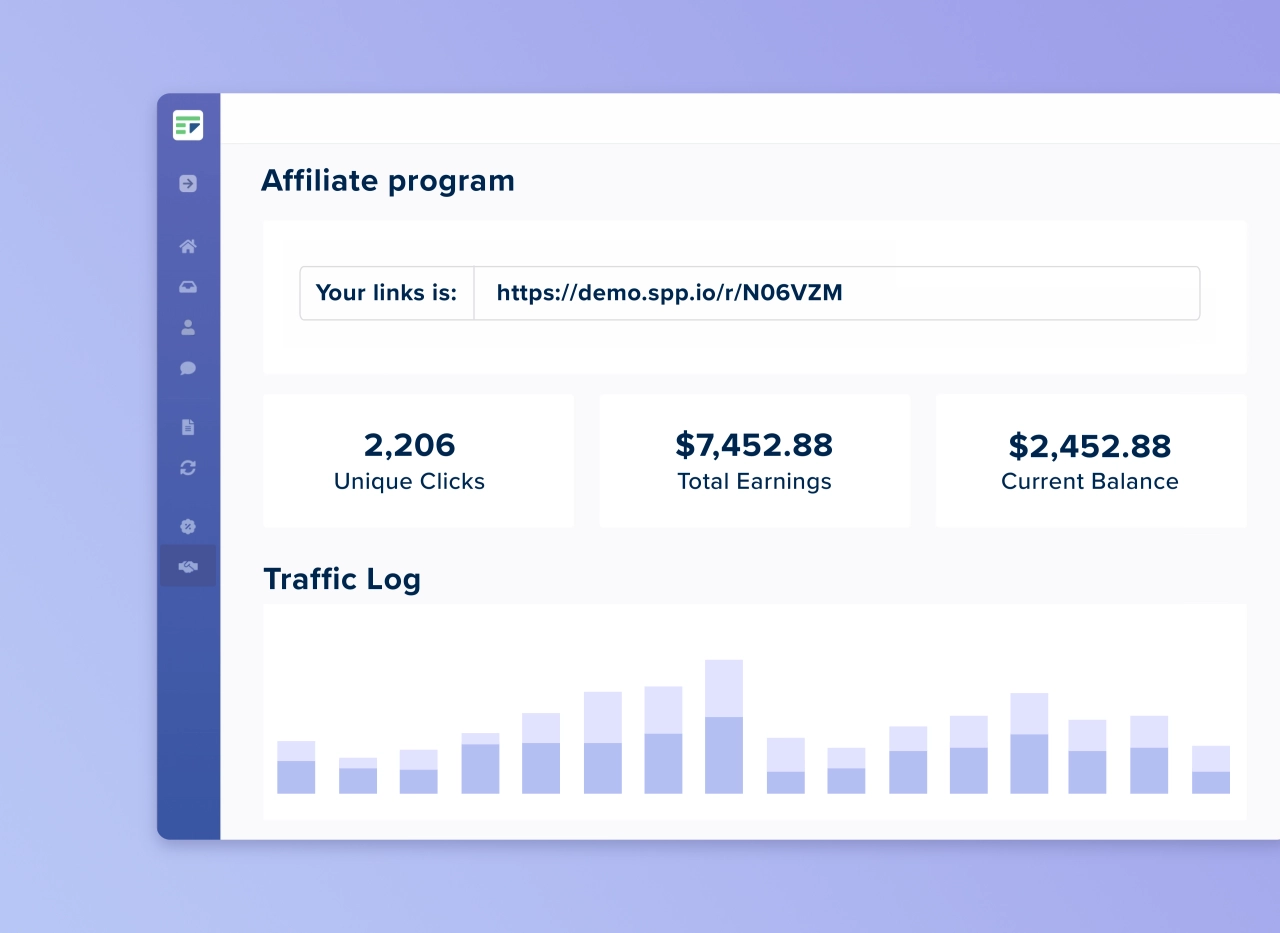
Convert your clients into brand ambassadors.
Stats are all piled up in favor of referral marketing: 87% of sales marketing efforts are successful when B2B referrals are involved (as compared to just 42% when referrals aren’t incorporated in the strategy.)
If you’re looking for a tool that can create referral programs for agencies, manage agency customers, and provide a solid client portal solution, give SPP a try.
We’ve built this tool as a solution specifically meant for agencies and freelancers, so you can manage your customers efficiently and have enough time to focus on growing your business.
Social platforms
Social media has gained somewhat of a bad rap in B2B marketing, and it’s easy to see why: It’s hard to sell agency services on, say, Facebook or Instagram, unless your agency targets very specific audiences. For instance, if you have an agency that focuses exclusively on the fitness industry, hanging out on Instagram might make a lot of sense: with all the fitness influencers present, at least some will likely need an agency to partner with.
For pretty much everyone else, though, LinkedIn remains the go-to platform for B2B lead generation. It’s a great place to post thought leadership content, use forms to capture leads, and reach out to.
People who are active on LinkedIn are business owners, leaders, and decision-makers, so, if you want to reach those people, LinkedIn is still your best bet. And one of the best ways to convert them into leads is by using a mix of ads with lead gen forms and outbound outreach).
For instance, you could create a report paper about the advantages of investing in SEO for a specific industry, target people in that industry with a lead gen form ad on LinkedIn, collect their email addresses and finally export LinkedIn contacts. You can then either run nurturing email marketing campaigns or use your sales team to reach out to them for further discussions.
Organic search
Search engine optimization (SEO) is one of the least expensive ways to generate leads. It’s not a quick one, mind you, but it still works very well.
Although everyone seems to have received an invitation to the funeral of SEO, the fact of the matter is that it still works. And there are very good reasons for this.
It all starts with the fact that B2B buyers spend about 17% of their time interacting with suppliers and 83% researching And, when they do their research online, they use search engines. So, if you want to be found by those buyers, SEO (or organic search) is exactly what you need.
To top it off, more than half of B2B decision-makers are more likely to buy from a vendor if they read their content and 51% of B2B buyers think their vendor’s website is their best source of information.
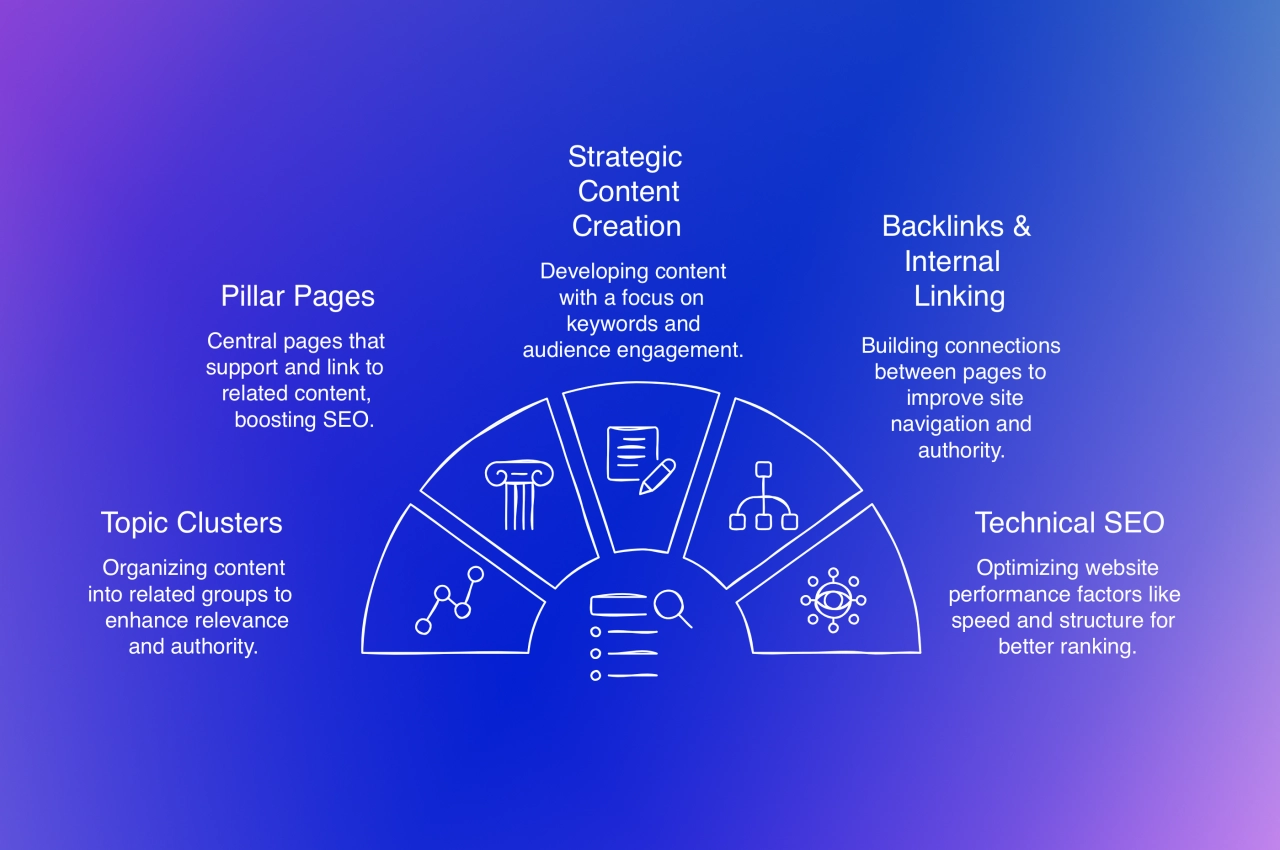
Keep in mind that doing well in organic search is about more than just basic writing articles on specific keywords. SEO has grown to be more complex than that, so you will have to design topic clusters, create pillar pages, and create content strategically, aiming for both short-tail and long-tail keywords. Furthermore, backlinks, internal linking, and the technical side of SEO (including page speed) can all impact the success of your organic marketing efforts. And of course, content marketing should be part of your lead generation strategy as well.
Paid search
Paid search marketing involves bidding for specific keywords and having your ads displayed in the SERPs (search engine results pages). This channel is a great way to generate leads because you’ll be able to target very specific audiences based on their online behaviors and demographics, but based on keywords they’re interested in.
The costs of running paid ads vary a lot, depending on your industry, competition, how much help you need to set up your paid search campaigns, and so on. Also, it is worth mentioning that paid search (or other forms of PPC) are not magic pills: you can’t push three coins inside the jukebox and expect it to sing your favorite song with zero communication.
Last, but not least, remember that paid search (or any other type of paid campaign) will rarely lead to actual conversions. The landing page they reach, how to make use of automated lead generation once you’ve collected their email addresses, and the specific digital marketing strategies you use to meet the same people online will all influence how qualified warm leads convert into customers.
Paid ads
Platforms like Facebooks Ads, Google Ads, or more targeted ones like The Digital Project Manager (DPM) are another great way to find cold leads. They allow you to target specific keywords and bid on top positions, ensuring that the traffic that reaces the pages is highly interested in it.
Costs can vary a lot by platform, while LinkedIn tends to be perceived as an expensive advertising platform—and, without doubt, it can be far more costly than others. With an average CPC (cost per click) of $5.39, LinkedIn is considerably more expensive than Facebook and Twitter (where the average CPC is around $2.15, respectively $0.58.) The costs for more niche platforms like DPM can be even higher.
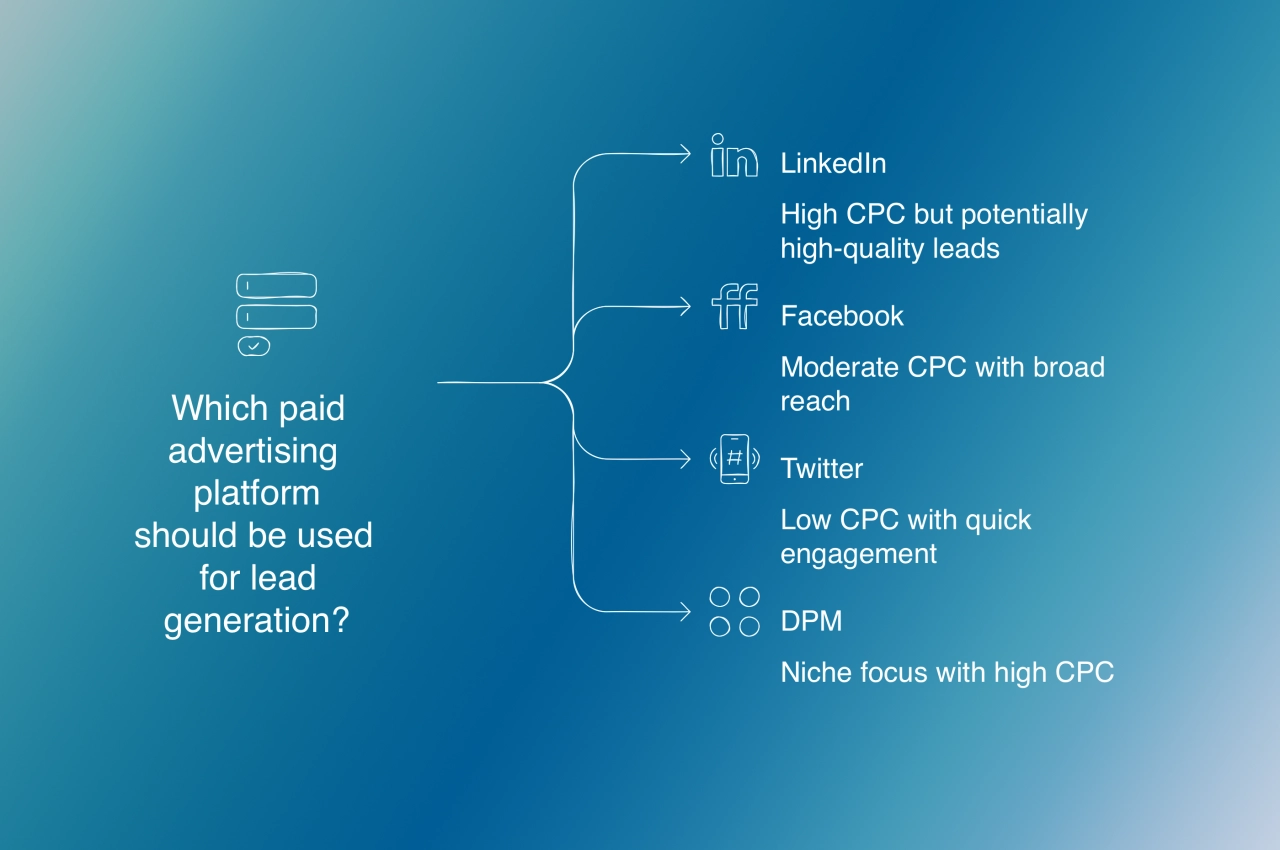
Whast is important isn’t just the cost for PPC campaigns, but also if it makes sense compared to your customer aquisition costs. As long as the leads don’t cost you money, you can use any paid ads platform.
Podcasts
Podcasts are not always seen as a B2B marketing channel, but they can work wonders if you’re targeting the right personas. That said, it’s important to understand that it won’t work for every client.
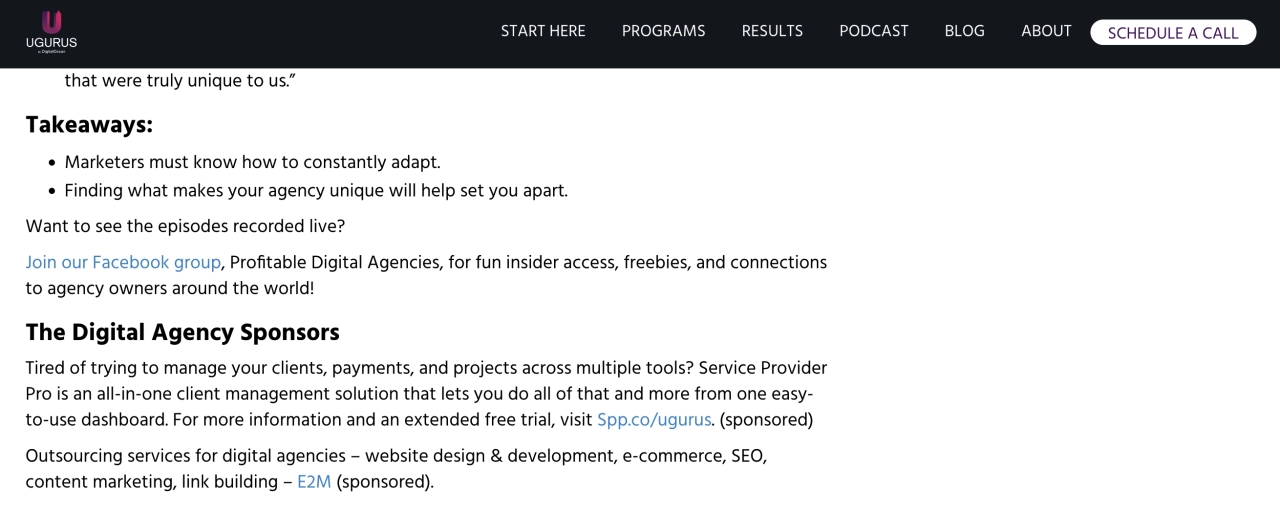
For instance, if you’re targeting small businesses, podcasts might be a great fit—especially because they create a very human, persona-driven connection with the audience.
On the other hand, if you’re targeting larger companies, podcasts will probably not be your main avenue of success.
Also, when looking at podcasts, look beyond creating your own and tap into the huge network of influencers podcast can have. For instance, if you know people in your target audience who listen to a specific podcast, you could approach the host and offer to interview about a topic related to your industry. Or you could pay them for a sponsored mention and send the audience to a free-to-download asset.
It’s all about creating rapport, distinguishing yourself from your competition, and creating conversations your community can join in. Podcasts can become engines for lead generation if you either gate them (i.e., ask for emails, so people can access them) or by including calls-to-action within the content itself.
YouTube & TikTok
Online video consumption has been on a steady uphill trend for the past few years: in 2022, the average internet user watched no less than 19 hours of video per week. To put this in perspective, if you sleep seven hours a night, watching 19 hours of video per week means you spend more than one full, waking day watching videos online.
That’s a lot of time spent on video—and businesses know this. Regardless of what you sell, chances are that at least a solid portion of your audience prefers visual content—and YouTube and TikTok are perfect for that.
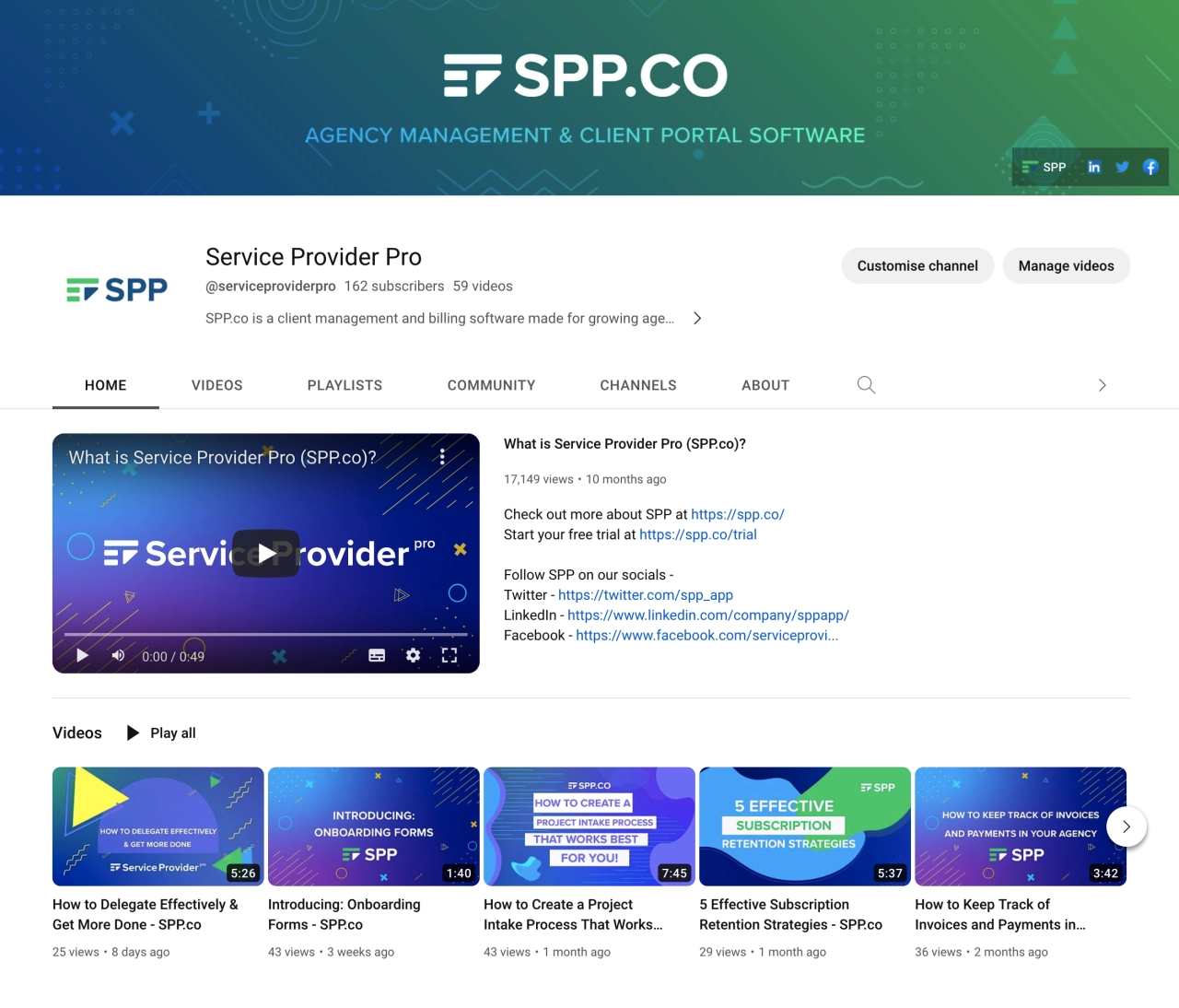
You can turn your video channels into lead generation machines. For instance, you could create educational videos about topics that are related to your industry and include links to gated content in the description. Or you could use TikTok’s swipe up/ buy feature to the services you offer.
Webinars
Webinars are a powerful tool for B2B lead generation, enabling businesses to connect with potential customers in real-time. By hosting informative webinars on industry-relevant topics, companies can establish themselves as thought leaders, build trust, and generate high-quality leads. Webinars offer a platform for businesses to showcase their expertise, share case studies, and demonstrate their products or services.
During the webinar, attendees are more likely to engage with the content, ask questions, and participate in discussions, which increases the likelihood of generating leads. Post-webinar surveys can identify interested prospects who want additional information or follow-up on specific topics. Webinars also provide an opportunity for businesses to nurture leads through email marketing campaigns, advancing them further in the sales funnel.
ROI and time-results
One thing a lot of companies don’t take into account is the customer acquisition cost and time to see results. Some channels deliver immediate results while others take longer.
Let’s look at each channel’s estimated cost per conversion, expressed as a ratio of average customer lifetime value to marketing acquisition cost.
Channel | ROI (avg. cost per conversion) | Time-to-Results |
|---|---|---|
Brand Partnerships | $150 - $250 (1:8 to 1:12) | 3-6 months |
Referral Marketing | $50 - $100 (1:5 to 1:10) | 2-4 weeks |
Social Platforms | $30 - $70 (1:3 to 1:7) | 1-3 days |
Organic Search | $20 - $40 (1:2 to 1:5) | 1-6 months |
Paid Ads | $10 - $50 (1:1 to 1:15) | 1-30 days |
Podcasts | $25 - $100 (1:4 to 1:12) | 3-9 months |
YouTube & TikTok | $20 - $80 (1:2.5 to 1:10) | 1-6 weeks |
Webinars | $50 - $200 (1:2 to 1:8) | 2-4 weeks |
Tracking ROI and time-to-results
I’ve already discussed in detail how challenging it is to track customer acquisition costs. It's one of the most difficult tasks for any business, and while it can never be 100% accurate, you should strive for precision.
With that said, some channels are more challenging to track than others. For instance, targeted advertising via ads is easy to track because the platforms provide dashboards showing clicks, CTR, and other metrics.
However, tracking lead generation efforts from podcasts or brand partnerships is much more difficult because they resemble word-of-mouth. The best approach is to ask your leads where they heard about you and hope they remember.
Which channel should you choose?
There are many lead generation challenges that you need to tackle, one of them being which specific channel to choose. All of the ones mentioned above can be great option. However, when deciding which channels work for your specific situation, the key is taking into account the factors of your current audience and target personas.
Focus on understanding the type of content they enjoy, the channels they use most (at work and outside of it), how they use language and humor, and, ultimately, what their real pain points are. Then, test out different lead generation channels, measure your conversion rate and other KPIs, and see which one(s) works for you.
Remember that unless you have a very large marketing team, everywhere is virtually impossible. You’ll have to pick and choose your battles, testing out only those channels you think there’s a good chance of succeeding in. But most importantly, you’ll have to be patient and get ready to put in the work—no matter how amazing a channel is at serving your content to your target audience, the results will not magically appear overnight.
